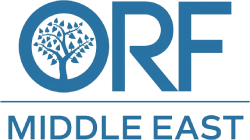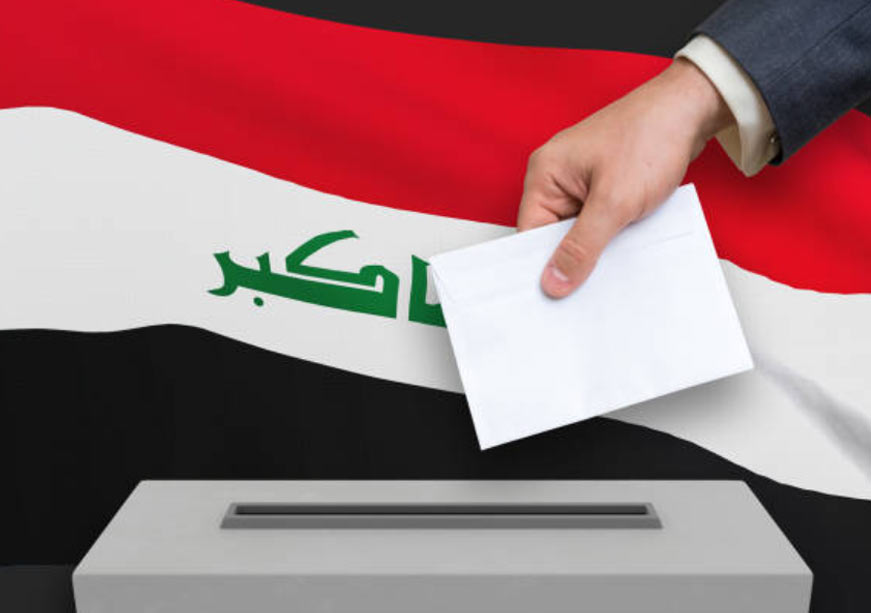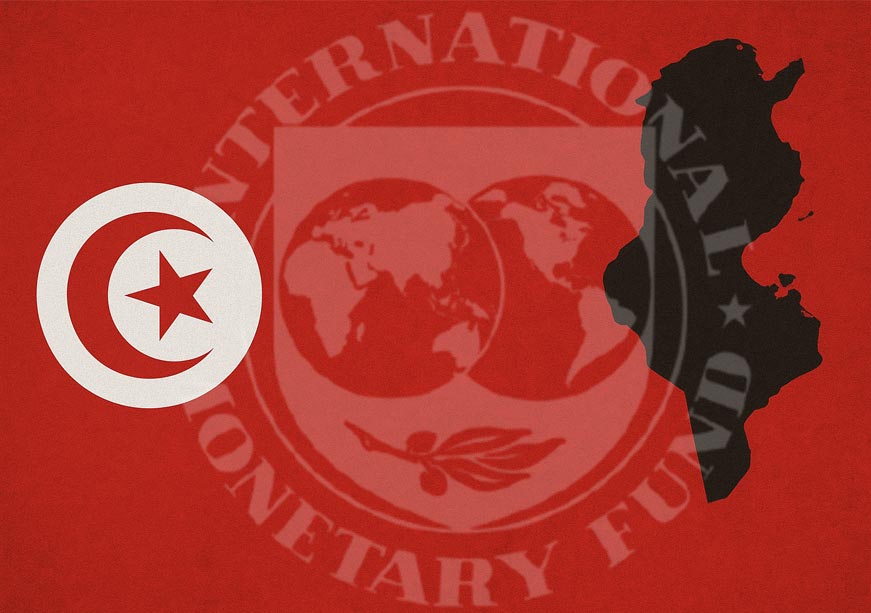Oil and conflict dominate headlines, but MENA’s real story lies in the contrasting economic paths of its high-income, middle-income, and fragile states.
The Middle East and North Africa (MENA) region is often defined in dualistic terms in the global policy discourse: oil-rich or conflict-affected states. This tendency obscures a critical reality that MENA is one of the most economically diverse regions in the world. However, viewing the region through a truncated lens distorts the understanding of its economic challenges and leads to misguided policy recommendations that fail to account for this internal heterogeneity.
To move beyond this myopic framing, the article aims to map the type of economies in the region by proposing a four-part classification of MENA economies based on income levels and conflict status. This typology—(A) high-income economies, (B) middle-income economies, (C) middle-income conflict-affected economies, (D) low-income conflict-affected economies—provides a more accurate foundation for comparing development trajectories and prospects across the region.
Methodology of Classification
The analysis follows the definition of MENA using the World Bank’s regional classification, which includes the following 21 countries and territories: Algeria, Bahrain, Djibouti, Egypt, Iran, Iraq, Israel, Jordan, Kuwait, Lebanon, Libya, Malta, Morocco, Oman, Qatar, Saudi Arabia, Syria, Tunisia, United Arab Emirates (UAE), the West Bank and Gaza, and Yemen.
Two primary sources of categorisation established by the World Bank are used to map the MENA economies. First, income levels are based on the World Bank’s Country and Lending Groups classification, which defines low-income economies as those with a Gross National Income (GNI) per capita of US$1,145 or less, lower-middle-income economies as those between US$1,146 and US$4,515, upper-middle-income economies as those between US$4,516 and US$14,005, and high-income economies as those with a GNI per capita of US$14,005 or more. Second, conflict status is determined using the World Bank’s official classification of Fragile and Conflict-Affected Situations (FCS).
For this article, the World Bank’s income classification and fragility framework is adapted to create a more contextualised typology of MENA economies. Countries identified by the World Bank as high-income economies are classified here as ‘high-income’. Those in the upper-middle and lower-middle income brackets are designated as ‘middle-income’, while low-income economies are categorised as ‘low-income’. The World Bank overlays its FCS list onto the income classification to account for conflict-related economic disruptions. As a result, countries that are both ‘middle-income’ and FCS-listed are reclassified as ‘middle-income conflict-affected’, while those that are ‘low-income’ and FCS-listed are categorised as ‘low-income conflict-affected’. The result of this analysis is showcased in Table 1. There were no countries in the ‘low income’ bracket that were not affected by conflict. This dual-lens approach captures both economic standing and institutional fragility, accurately reflecting the region’s development landscape.
A Closer Look at MENA’s Economic Subsystems
- High-Income Economies
The high-income MENA economies—Qatar, Israel, the UAE, Malta, Kuwait, Saudi Arabia, Bahrain, and Oman—comprise the region’s economic heavyweights. These states can be broadly sub-classified into two distinct groups: resource-driven economies and innovation-driven economies. The first group, Qatar, the UAE, Kuwait, Saudi Arabia, Bahrain, and Oman, derive substantial revenue from hydrocarbon exports. The second group, most notably Israel and to some extent Malta, are innovation-driven, leveraging technology, services and human capital. The group’s average per capita GNI is US$42,475, placing them well above the global high-income threshold. However, the standard deviation of US$18,576 reflects significant variation among them. For example, Qatar has one of the world’s highest per capita GNIs at US$79,430, while Oman trails at US$20,470, highlighting a wide dispersion in wealth even within the high-income bracket.
Common strengths among these economies include strong fiscal buffers, high sovereign wealth fund assets (especially in Qatar, the UAE, Kuwait, and Saudi Arabia), advanced infrastructure and strategic geopolitical positioning. These countries have the financial muscle to attract Foreign Direct Investment (FDI) and pursue large-scale national transformation agendas, such as Saudi Arabia’s Vision 2030 and the UAE’s Centennial 2071. However, common challenges persist. Most resource-rich states face the long-term imperative of economic diversification and energy transition. Labour market nationalisation and low labour productivity also remain critical issues, especially in countries with high youth unemployment such as Saudi Arabia, Oman, Kuwait and Bahrain.
The generous welfare models of these economies may become fiscally unsustainable in a low-carbon future. Israel and Malta, though not resource-based, bring different strengths and vulnerabilities. Israel is a global leader in innovation, with the highest research and development (R&D) spending per capita globally and is home to a dynamic tech ecosystem. However, it faces acute geopolitical risks due to regional tensions and internal political instability. As a small European Union (EU) island economy, Malta benefits from EU integration but remains vulnerable to external shocks and has faced increasing scrutiny over financial transparency. Hence, while the high-income MENA economies share structural advantages, they differ sharply in the sources of their wealth and the nature of their long-term risks.
- Middle-Income Economies
The middle-income MENA economies—Algeria, Iran, Jordan, Egypt, Tunisia, Morocco, and Djibouti—represent diverse countries navigating complex paths toward development under structural and geopolitical pressures. This group features an average per capita GNI of US$4,123 and a relatively narrow standard deviation of US$557. Most countries are clustered toward the lower end of the income threshold, reflecting a shared constraint in resource mobilisation.
While all these economies significantly focus on services, there are notable differences. Iran and Algeria are hydrocarbon states, and 85 percent of Djibouti’s Gross Domestic Product (GDP) is derived from services like ports and logistics. Egypt, Morocco, Jordan and Tunisia have relatively diverse economies, blending services, manufacturing, and natural resources, such as phosphates, particularly in Tunisia and Jordan. Common strengths across these economies include a youthful labour force and access to strategic trade corridors, including the Suez Canal for Egypt, the Red Sea and the Gulf of Aden for Djibouti, Mediterranean access for Tunisia and Algeria. Yet, shared challenges are significant. Informal labour markets dominate employment, undermining fiscal revenues and social protection systems. Youth unemployment is widespread, with as high as 76.3 percent of the young labour force in Djibouti unemployed. Political institutions face legitimacy challenges due to repeated cycles of protest, stalled reforms, and increasing inflation. As a result, MENA’s middle-income economies are caught in a development bottleneck. Their upward mobility depends on expanding employment by modernising governance and attracting sustained investment.
- Middle-Income Conflict-Affected Economies
This category includes Libya, Iraq, the West Bank and Gaza Strip, and Lebanon. The group’s average per capita GNI is US$4,983, with a standard deviation of US$940, suggesting a moderate spread of income levels but still broadly clustered within the lower half of the middle-income band. This reflects both the limited structural capacity of these economies and the constraints imposed by cyclical conflict.
Again, this category features important hydrocarbon states, such as Libya and Iraq, whose revenues remain dependent on oil exports. However, Lebanon and the West Bank and the Gaza Strip rely significantly on remittances and aid. Despite their instability, some common strengths persist. All four have better human capital foundations and relatively literate populations, with the literacy rate in the West Bank and Gaza as high as 98 percent. However, their common challenges are equally significant. State fragility, institutional erosion, poor governance and politicised economies have crippled long-term development. Ultimately, this group sits in a different position. Their resource base, human capital and geostrategic relevance give them latent potential, but their progress will remain stunted without structural reforms and durable peace settlements.
- Low-Income Conflict-Affected Economies
This category comprises Syria and Yemen, two of the most war-torn states in the MENA region. This group’s average GNI per capita stands at a mere US$725, with a negligible standard deviation of US$21, underscoring the shared depth of economic collapse across both countries. Despite total institutional erosion, Yemen and Syria exhibit a certain degree of resilience at the margins. Informal networks and diaspora remittance play a central role in economic survival. These economies are significantly aid dependent, with the Net ODA (Official Development Assistance) as a percentage of GNI in Syria at 36.3 percent and in Yemen at 38 percent.
These states face extreme challenges compared to anywhere else in MENA. They are plagued by a collapsed public service system and complete institutional breakdown, with a rampant lack of access to clean water, health and education. Further, currency devaluation is a significant concern as the Syrian pound has lost 90 percent of its value since 2020, and the Yemeni rial fell to its lowest in 2025. These countries also face Western sections.
Conclusion
Reframing MENA economies beyond the binary of oil-rich and conflict-ridden reveals striking economic diversity. This classification offers a clearer foundation for tailored policymaking and more effective international engagement. It also highlights the need for more targeted investment and smarter aid. Recognising this internal complexity is key to designing impactful and responsive strategies for the region’s varied development paths.
Samriddhi Vij is an Associate Fellow, Geopolitics, at the Observer Research Foundation–Middle East.












